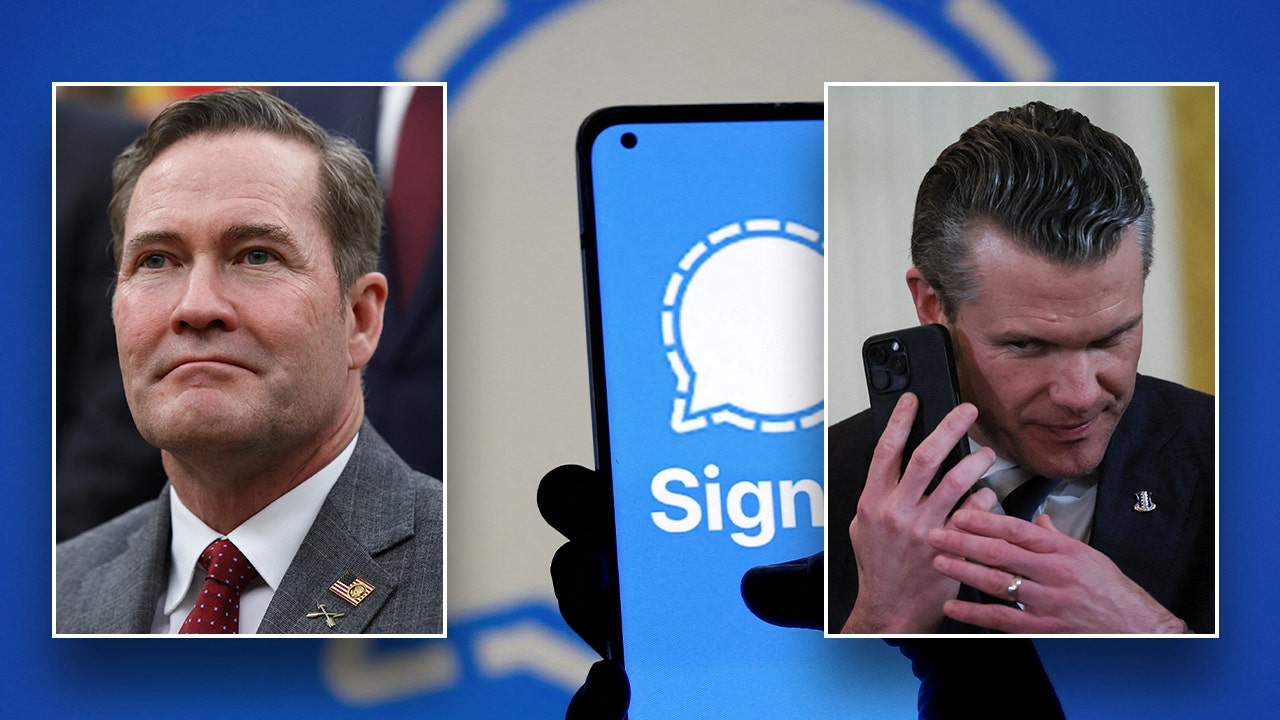Central Texas has become a sterling example of how America can restore its manufacturing capacity and industrial strength, which is central to our defense industrial base and national security. A recent visit to meet with local and state stakeholders revealed that public-private partnerships can effectively overcome the obstacles and impediments to expand and return industrial productivity, accelerating economic growth, creating jobs, and safeguarding our military capacity.
Unfortunately, our visit also made clear that the policies of the Biden-Harris administration impede growth, obstruct workforce development, constrain employment, and have placed our defense industrial base and national security at risk.
Conservative policies in Texas are increasing real wages, growing the economy, and improving national security.
One of the main problems is that the United States no longer trains and educates workers to sustain the needs of the defense industry.
This is largely due to the federal government’s heavy subsidization of colleges and universities through federal student aid, grants, and contracts, amounting to over $100 billion annually. This outsized support has come at the expense of technical colleges and trade schools. When the federal government attempts to unlawfully forgive student loans or increase college accessibility by pouring billions into the system without guiding students toward economically viable degrees or certifications, it only makes matters worse and ultimately does the country a disservice.
The United States has a great need for more doctors, engineers, and scientists, but it also has a need for welders and workers in advanced manufacturing. Unfortunately, liberal policies from the federal government are discouraging millions of Americans who are not planning on getting a four-year bachelor’s degree from training and entering the advanced manufacturing workforce. It would be better to redirect a portion of federal education funding toward instructing people in the skilled trades.
Another good step would be for federal lawmakers to decouple federal financing from higher education accreditation. Colleges and universities must receive an “accreditation stamp” to access federal student aid dollars. Many colleges and universities can achieve accreditation and still offer weak academic programs.
The current system of “accreditation” favors existing expensive business models for higher education, locks out innovation and competition, and prevents students from exploring atypical forms of higher education, such as paying for individual classes and courses that are more applicable to the job market.
Adopting reforms such as the Higher Education Reform and Opportunity Act or the College Cost Reduction Act would provide much-needed accreditation reform, increase learning options, and lower costs.
In this respect, Texas is ahead of the curve. In 2013, under the conservative leadership of Gov. Rick Perry, Texas passed the “Returned Value Formula” funding model, which evaluates and then funds technical colleges in the state entirely based on the earnings of students and employment outcomes rather than the number of people enrolled or a variety of other factors.
This put the onus on the college to ensure its graduates secure good jobs and strong income potential, making the college accountable for their success in the workforce. The focus on outcome and metrics has resulted in wage growth and more degrees in high-demand occupations. It should be replicated in states across the country to ensure that taxpayer dollars are used efficiently, providing students with a strong return on their investment. Doing so would deliver tangible results for industry leaders and businesses alike, by incentivizing colleges to align their programs with industry needs and focus on producing job-ready graduates.
This isn’t the only way Texas fosters a successful manufacturing ecosystem. In Central Texas, the Texas State Technical College System and industry leaders collaborate and talk to each other. Texas State Technical College campuses adapt the curriculum to ensure the skills they teach align with industry needs, making students more employable and productive. In return, the industry quickly hires graduates and even donates training equipment.
Lastly, programs under the Texas Operation Welcome Home umbrella help provide workforce training and job placement to veterans transitioning out of the military and into industry. These programs should be used as a model in other states, which should replicate them to boost veterans’ employment in high-paying jobs.
While the Biden-Harris Administration is raising prices, stifling economic growth, and compromising national security, conservative policies in Texas are increasing real wages, growing the economy, and improving national security. Texas is a shining example of success for the nation, and other states should follow its lead.
Read the full article here






![Oswald Didn’t Shoot JFK, The CIA Was Running Him, NBC Hiding Footage [WATCH] Oswald Didn’t Shoot JFK, The CIA Was Running Him, NBC Hiding Footage [WATCH]](https://www.rvmnews.com/wp-content/uploads/2024/09/2024.09.29-06.20-rvmnews-66f99a59eeb8e.jpg)



